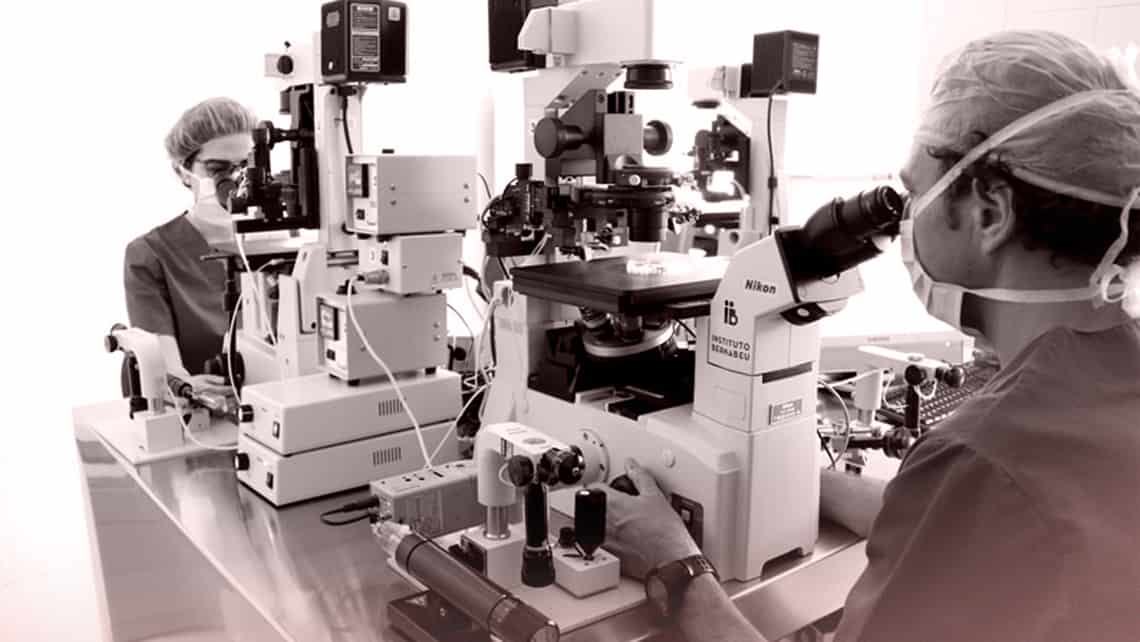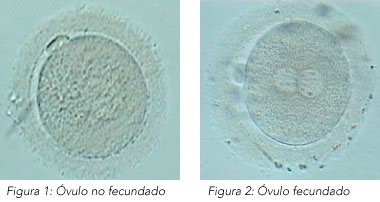
When can I find out how many of my ova have fertilised?
Ova and spermatozoa are needed in order to be able to perform in vitro fertilisation treatment. They are taken to the in vitro fertilisation laboratory so that, once they have been appropriately prepared, they can be joined together and fertilise.
Unfortunately, biology is not an exact science and the uniting a spermatozoon and an ovum does not always create an embryo.
What degree of fertilisation should we expect following this union?
According to ASEBIR embryology laboratory quality indicators (2016), the minimum expected fertilisation rate in the case of a woman’s own oocyte is 58.1%, the desired rate is 63.2% and optimal fertilisation is 73.5%. In the case of donated oocytes, the minimum expected fertilisation rate is 66.3%, the desired rate is 70.3% and optimal fertilisation is 78.9%. In short, not all inseminated ova fertilise. In fact, 100% fertilisation rates rarely happen.
This is why knowing how many ova have fertilised causes a great deal of concern and sometimes patients would like to have this information as early as possible. But when can we be told if an ovum has fertilised or not?
When an ovum has fertilised, it is different to the ones that have not fertilised because it has two new structures called pronuclei on the inside, one from the mother and one from the father. The difference between an ovum that has not been fertilised and one that has been fertilised can be observed in the following image:

A number of changes in the ovum need to have taken place in order for pronuclei to appear. These are not visible to the eye and take time. It has been determined that the pronuclei appear between 16 and 22 hours after the union between the ovum and the spermatozoon. This is why the waiting time before a person can find out if an ovum has fertilised is at least 16 hours. If inseminated ova are observed at any other time, there is a risk of ruling out embryos that are fit for purpose because it would not have been possible to assess the appearance of the two pronuclei properly.
Couples who have assisted reproduction treatment are immersed in a world which is new to them and it is often very difficult to comprehend. Each course of treatment raises a number of questions which are sometimes easy and sometimes difficult to answer. We aim to inform couples about all the procedures they undergo and help them to understand the nature of the process whilst supporting them and helping them on their journey towards achieving their dream of having a healthy child.
Dr Dori Rodríguez, an embryologist at Instituto Bernabeu
